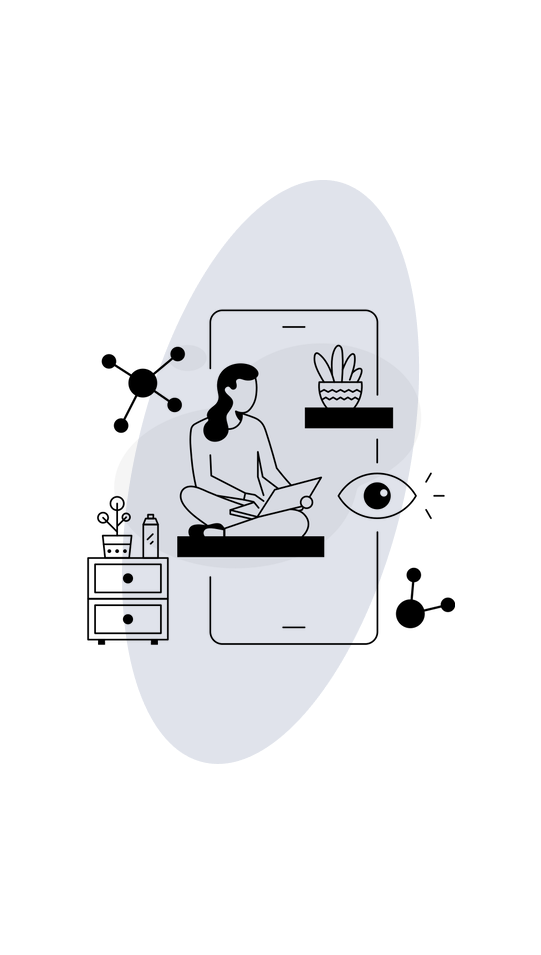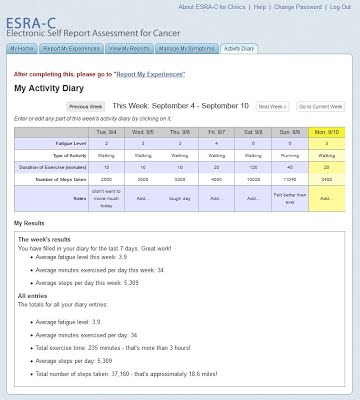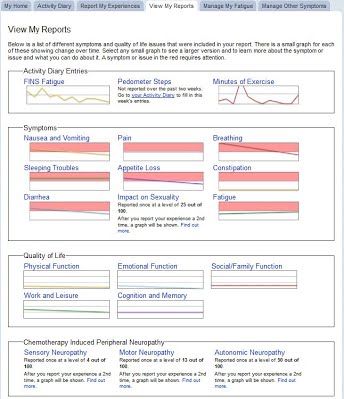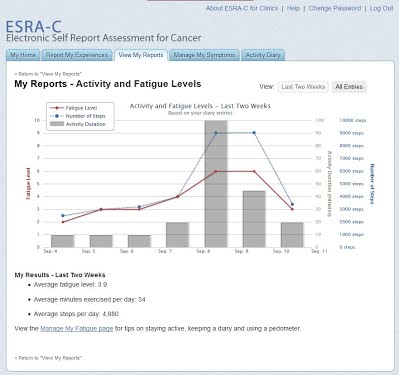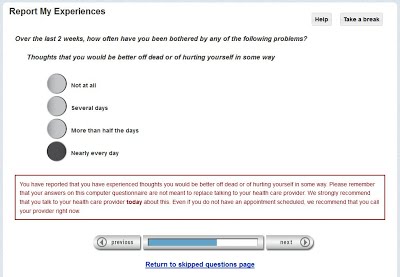Cancer
P3P Personal Prostate Profile
Clinical- and research-focused systems for treatment decision support, and during treatment. P3P (Personal Profile Prostate) was developed by Donna L. Berry, PhD, RN, AOCN, FAAN (Associate Professor, Department of Medicine, Harvard Medical School; Director, Phyllis F. Cantor Center for Research in Nursing & Patient Care Services, Dana-Farber Cancer Institute) to aid patients recently diagnosed with prostate cancer in their decision-making regarding treatment. The system delivers tailored educational content based on a self-assessment of the relative importance the patient places on current symptoms, physical and lifestyle outcomes, and the role social relationships play in decision making.
Demonstration Link
Survivor Wellness: Hodgkin's Disease
A Resource Program to learn general strategies for care of late and long-term effects of chemotherapy and/or radiation for the treatment of Hodgkin's Disease. Developed by Meghan Underhill at the Dana Farber Cancer Institute.
eSAC
The eSAC program is a patient-centered, web-based application that reduces cancer symptom distress. From Autumn 2020 to Spring 2022, eSAC will provide support to women with advanced ovarian cancer. The purpose of this new study is to promote palliative referrals when warranted, as well as improve genetics testing rates while also evaluating feasibility of clinical implementation. The project team at the University of Washington includes Dr. Donna Berry, Dr. Barbara Goff, Daniel Lorigan, Justin McReynolds, Dr. Seth Wolpin
Demonstration Link
ESRA-C
Electronic Self-Report Assessment for Cancer (ESRA-C) is a web-based program that patients can use to report health information to their care team. A recent study showed that using ESRA-C helps patients and their care team discuss symptoms and quality of life issues during clinic visits. A research version of ESRA-C is part of a study being done at the Dana-Farber Cancer Institute in Boston and the Seattle Cancer Care Alliance.
CIPN Chemotherapy-induced peripheral neuropathy
The long-term goal of this research is to decrease patient suffering by addressing the critical need for improved clinical systems to facilitate increased CIPN assessment and management in practice. Developed by Robert Knoerl at the Dana Farber Cancer Institute.
P3BC
This site allows you to build a profile by answering questions, then view personalized information about bladder cancer care options. It will help you understand your options, talk to your doctor, and make the best decision for you. Developed by Nihal Mohammed at Mount Sinai.
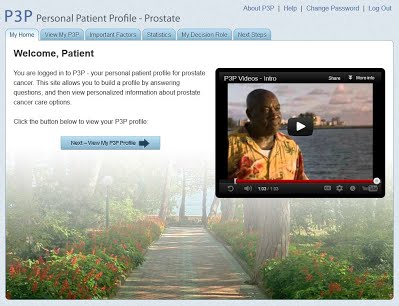

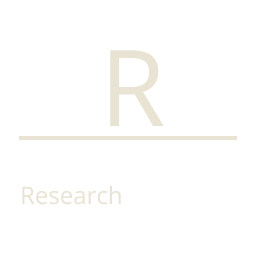 cPRO
cPRO



